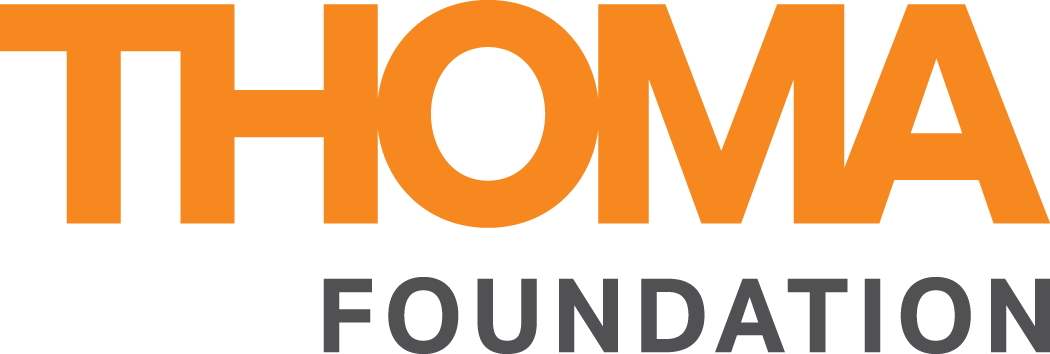
Meet the Team: Tim Porter
| November 4, 2021 |
Tell us a little about yourself. What did you do before joining the Thoma Foundation team?
After graduation from the Print Media department at Cranbrook Academy of Art, I’ve worked in collections care and exhibition preparation at several Chicago institutions, including the Art Institute of Chicago, the Arts Club of Chicago, the Chicago History Museum, and the Block Museum at Northwestern University. I also spent a little time teaching at Cornell College in Iowa, where I helped develop the beginnings of their Digital Art program.
Can you explain a little bit about the work you’ve been doing at TAF?
The central focus of my role is to work alongside the Collections Manager where our goal is to properly care for and present the collections at the Thoma Foundation. The range of this work varies, but includes shipping and logistics, database management, exhibition preparation, and working directly with the art, the specifics of which can differ depending on the needs of the piece and the sub-collection to which it belongs.
Do you have a favorite piece of artwork in the collection?
I love a good chart or table. My love for data visualization runs so deep that it’s heavily influential on my own artistic practice. There’s a lot of good contenders on that theme in the collection, but the Genealogical Tree of the Mercedarian Order has really been speaking to me recently. The infusion of data visualization, something so common in contemporary life, with a painting from the 18th century, makes for a unique and compelling work from that branch of the collection.
The Foundation’s collection ranges from seventeenth-century art of the Spanish Americas panel paintings to contemporary digital art. What has been the biggest challenge so far in working with such a diverse collection? The biggest reward?
The biggest challenge so far has simply been learning about all the specific needs each type of work has. The skills required to properly care for a work on panel or canvas are vastly different from the skills required for a digital work. However, developing these skills can also be very gratifying. It means that every day is different from the last!
Where is your favorite place to see art in the Chicago area?
There are so many non-traditional spaces in the city to view art, a lot of which actively blur the lines between artistic disciplines. One of my favorite places is the Comfort Station in Logan Square, which in addition to weird, lovely, intimate shows of visual art by interesting artists, also has a great program of experimental music/performance art.
